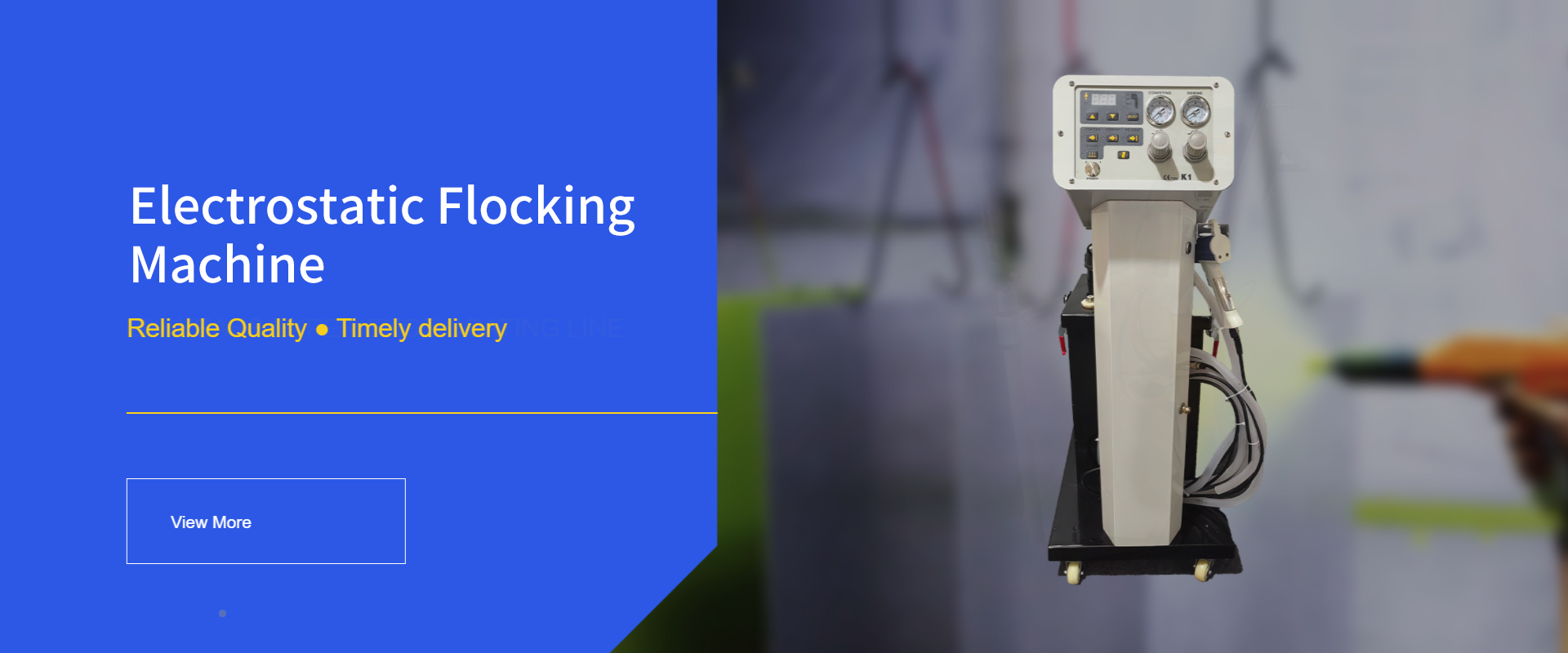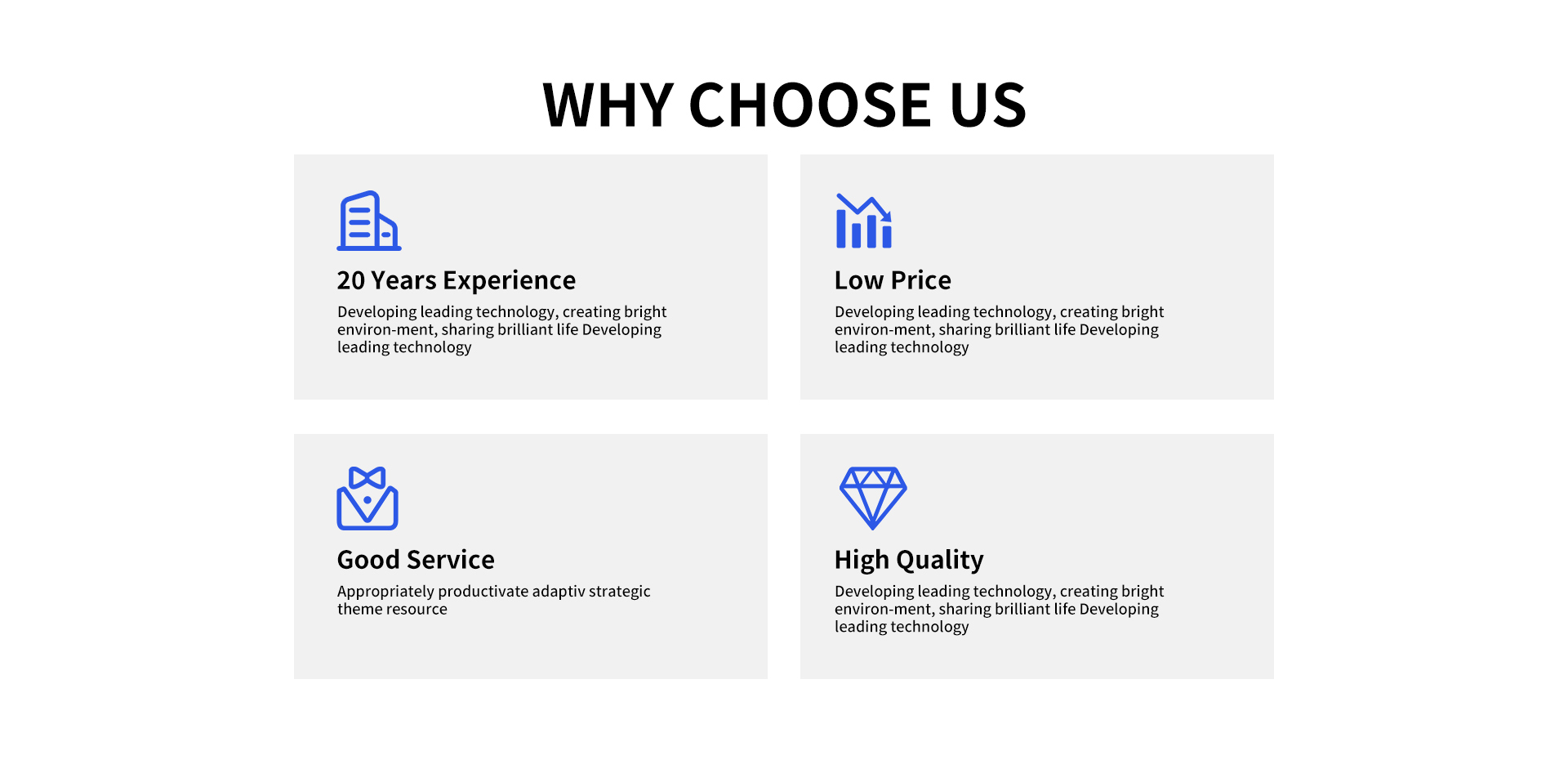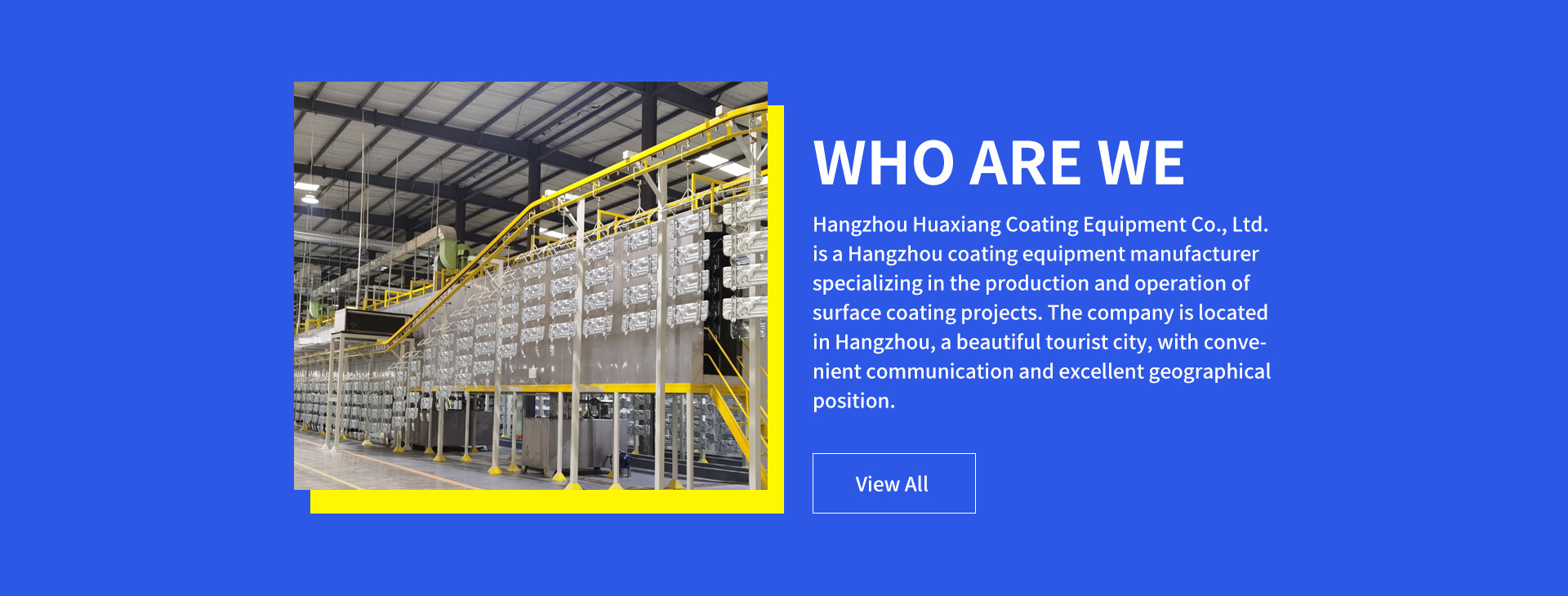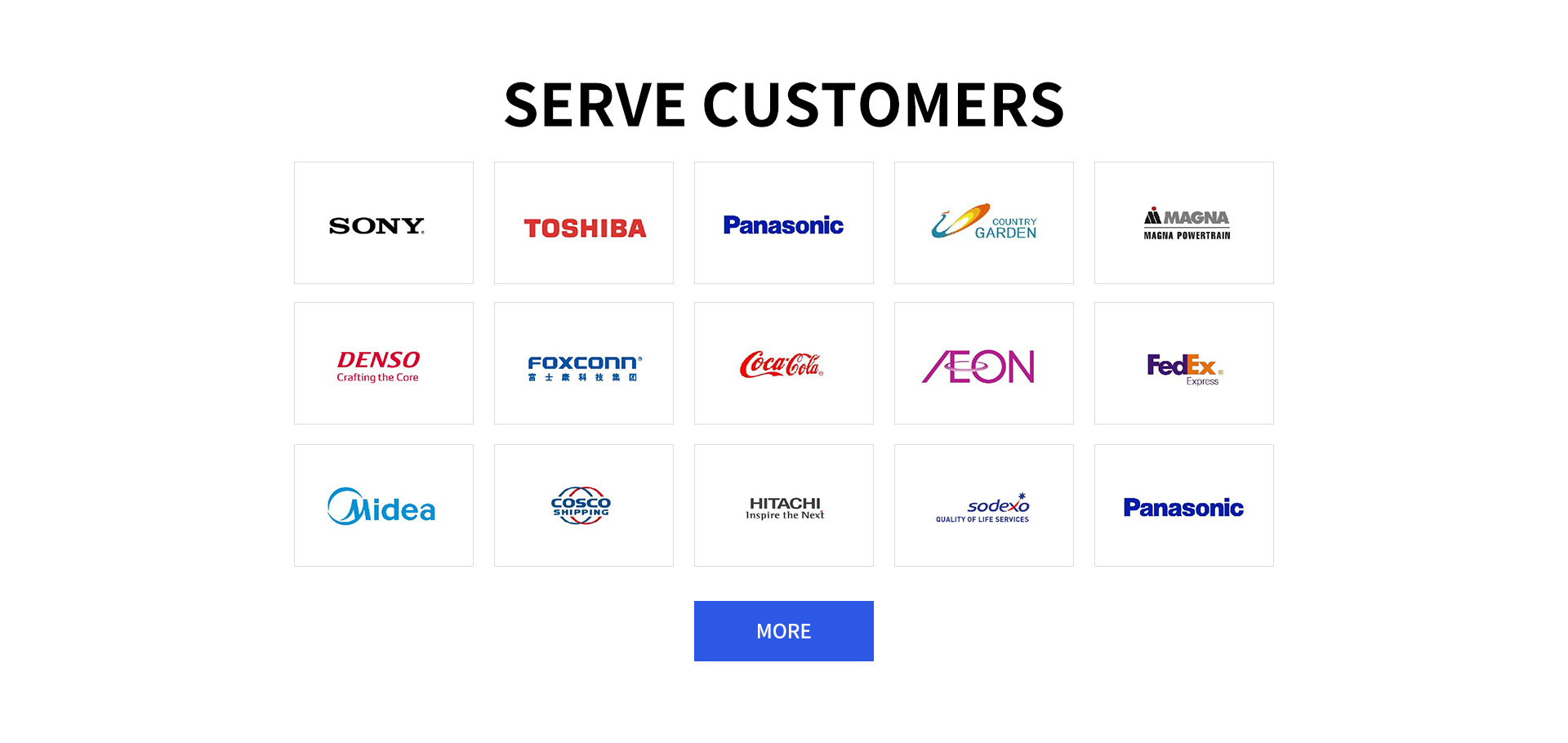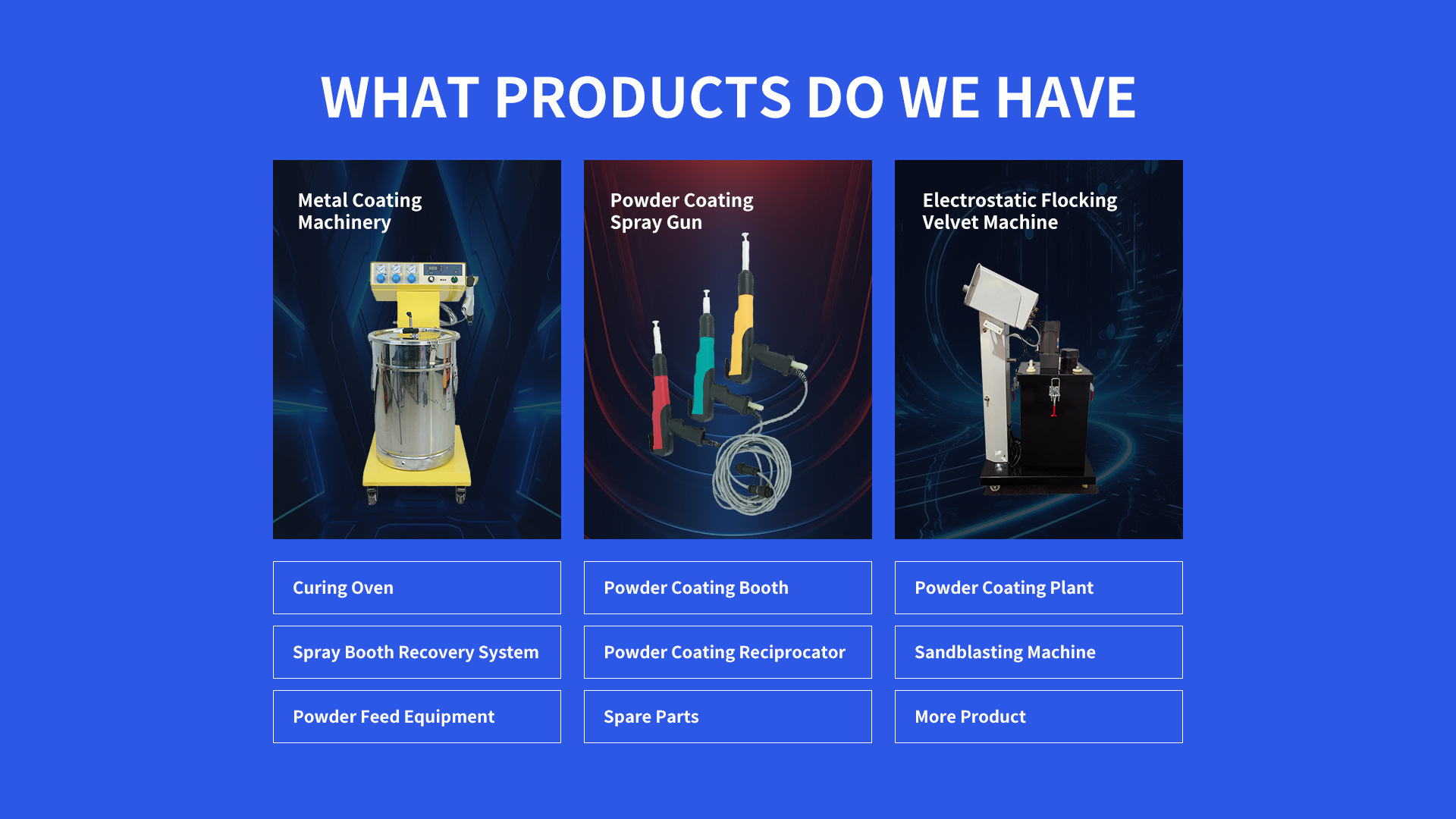1. Powder Coating Machine and Oven Components and Design
A Powder Coating Machine and Oven system combines electrostatic powder application with thermal curing. Key components include an electrostatic spray gun, powder hopper, high-voltage generator, curing oven, and conveyor system. Advanced models feature robotic arms for precision, PLC controls for automation, and IoT-enabled diagnostics. The oven uses electric or gas heating elements to cure coatings at 180–220°C, ensuring durable, uniform finishes.

2. Applications of Powder Coating Machines and Ovens
These Powder Coating Machine and Oven systems are essential in automotive manufacturing (car parts, wheels), aerospace (aircraft components), and construction (steel beams). They coat appliances, furniture, and consumer electronics, offering UV-resistant, corrosion-proof finishes. Industries like renewable energy (solar panel frames) and medical devices also benefit from their eco-friendly, zero-VOC process.
3. Powder Coating Machine and Oven Price Ranges
Manual systems start at 10,000,semi−automatedunitsrangefrom50,000–200,000,andfullyautomatedlineswithroboticsexceed500,000. Costs depend on production capacity (50–1,000 parts/hour), oven size (5–50 m³), and features like energy recovery or AI-driven quality checks.
4. Best Practices for Operating Powder Coating Machine and Ovens
Surface Prep: Degrease and sandblast substrates for optimal adhesion.
Spray Settings: Adjust voltage (50–100 kV) and airflow (0.5–1.5 bar) for uniform coverage.
Curing: Bake at 180–220°C for 10–25 minutes; monitor with IR sensors.
Maintenance: Clean nozzles daily, replace filters weekly, and recalibrate monthly.
5. How to Choose a Powder Coating Machine and Oven
Production Scale: Batch systems for low volume; continuous lines for mass output.
Energy Source: Electric ovens for precision; gas models for cost efficiency.
Certifications: Ensure compliance with CE, OSHA, and NFPA 86 standards.
Customization: Opt for modular designs to accommodate future expansion.
6. Safety Measures for Powder Coating Machine and Ovens
Ventilation: Install explosion-proof exhaust systems to remove fumes.
Grounding: Maintain <1 ohm resistance to prevent static discharge.
PPE: Require NIOSH-approved respirators, anti-static suits, and safety goggles.
Fire Safety: Use Class D extinguishers and thermal cutoff switches.
7. Design Efficiency of Powder Coating Machines and Ovens
Modern systems reduce energy consumption by 25–40% via heat recovery and IoT-driven optimizations. Modular designs allow easy upgrades, while stainless steel construction ensures durability. High transfer efficiency (70%+) minimizes overspray, achieving faster ROI for businesses.
8. FAQs on Powder Coating Machines and Ovens
Q: How often should I service a powder coating machine and oven?
A: Conduct monthly inspections and annual professional maintenance for optimal performance.
Q: Can these systems handle large or irregular parts?
A: Yes, customizable racks and adjustable zones accommodate diverse geometries.
Q: Are powder coating machines and ovens suitable for SMEs?
A: Compact models with lower energy costs are ideal for small-scale operations.
Q: How to reduce energy consumption in these systems?
A: Activate EcoMode settings and integrate heat exchangers to reuse waste energy.
Q: What certifications ensure system safety?
A: Look for CE, UL, and ISO 9001 certifications when purchasing powder coating machines and ovens.
Disclaimer: Enhance your coating process with advanced electrostatic powder coating machines, precision powder coating spray guns, comprehensive powder coating systems, and efficient powder coating lines from Hangzhou Huaxiang Coating Equipment Co., Ltd. Designed for reliability and high-quality finishes, our solutions meet all your industrial powder coating machine needs. Contact us at sale3@cncolourspray.com

